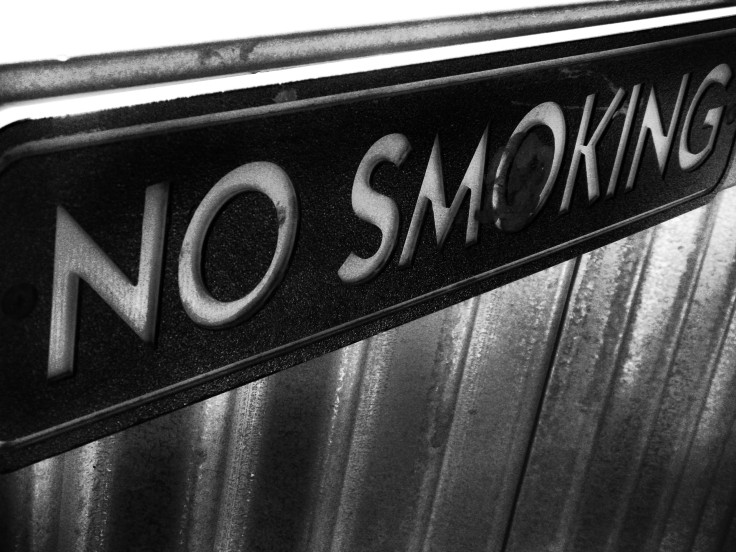CDC: State Medicaid Programs Aren't Covering Enough Treatments For Quitting Smoking

Quitting smoking is already a Herculean task for most, but when it comes to low-income individuals, it appears that many aren’t getting the support they need from their publicly-funded insurance programs, according to a recent report from the Centers For Disease Control and Prevention (CDC).
Analyzing the availability of evidence-based treatments for quitting smoking (cessation) in each state’s Medicaid program, the CDC authors found that only nine states covered all treatments for all Medicaid enrollees, though all fifty covered at least one form of treatment.
These evidence-based treatments included individual counseling, group counseling, and the seven FDA-approved cessation medications (telephone counseling, while also an evidence-based treatment, was not included in the authors’ tally). While the findings overall are a step from previous years, they still fall far short of the expected standards set forth by Healthy People 2020, a 10-year-long national initiative to improve health promotion and disease prevention efforts. The initiative recommends that all states provide comprehensive Medicaid coverage for these treatments.
Even within the nine states, which included Minnesota, North Dakota and Ohio, there were problems with accessibility. “[A]ll of these states still have some barriers in place that make it more difficult for Medicaid enrollees to access these treatments, which would be expected to impede use of these treatments, quit attempts, and successful cessation,” the authors wrote. “Removing these barriers increases access to and use of cessation treatments for both Medicaid enrollees and other populations.”
These barriers were found in other states as well. Among them were prior authorization requirements (39 states), limits on treatment duration (38 states), and an annual limit on the number of quit attempts that Medicaid would cover (36 states). Additionally, 31 states covered individual counseling for everyone (compared to 27 states in 2014), 10 provided group counseling (seven in 2014), and 30 offered all seven FDA-approved cessation medications (26 in 2014).
These gaps in coverage are especially worrying given that people on Medicaid are twice as likely to be current smokers compared to the privately-insured (30.4 percent vs 14.7 percent). As a consequence, according to the authors, about 15 percent of annual Medicaid spending during 2006–2010 was used to treat smoking-related health complications, which ultimately rounds up to $39 billion per year. But it also means that any successful efforts to improve Medicaid coverage will have far-reaching and positive effects for the almost six million individuals on Medicaid who currently smoke.
“State Medicaid programs can maximize tobacco cessation among Medicaid enrollees by covering all evidence-based cessation treatments, removing barriers that impede access to these treatments, promoting their coverage to Medicaid tobacco users and health care providers, and monitoring use of covered treatments,” the authors concluded. “State Medicaid programs that take these actions have the potential to substantially reduce tobacco use, tobacco-related disease, and health care costs among Medicaid enrollees.”
Source: Singleterry J, Jump Z, DiGuilio A, et al. State Medicaid Coverage for Tobacco Cessation Treatments and Barriers to Coverage — United States, 2014–2015. MMWR. 2015.



























